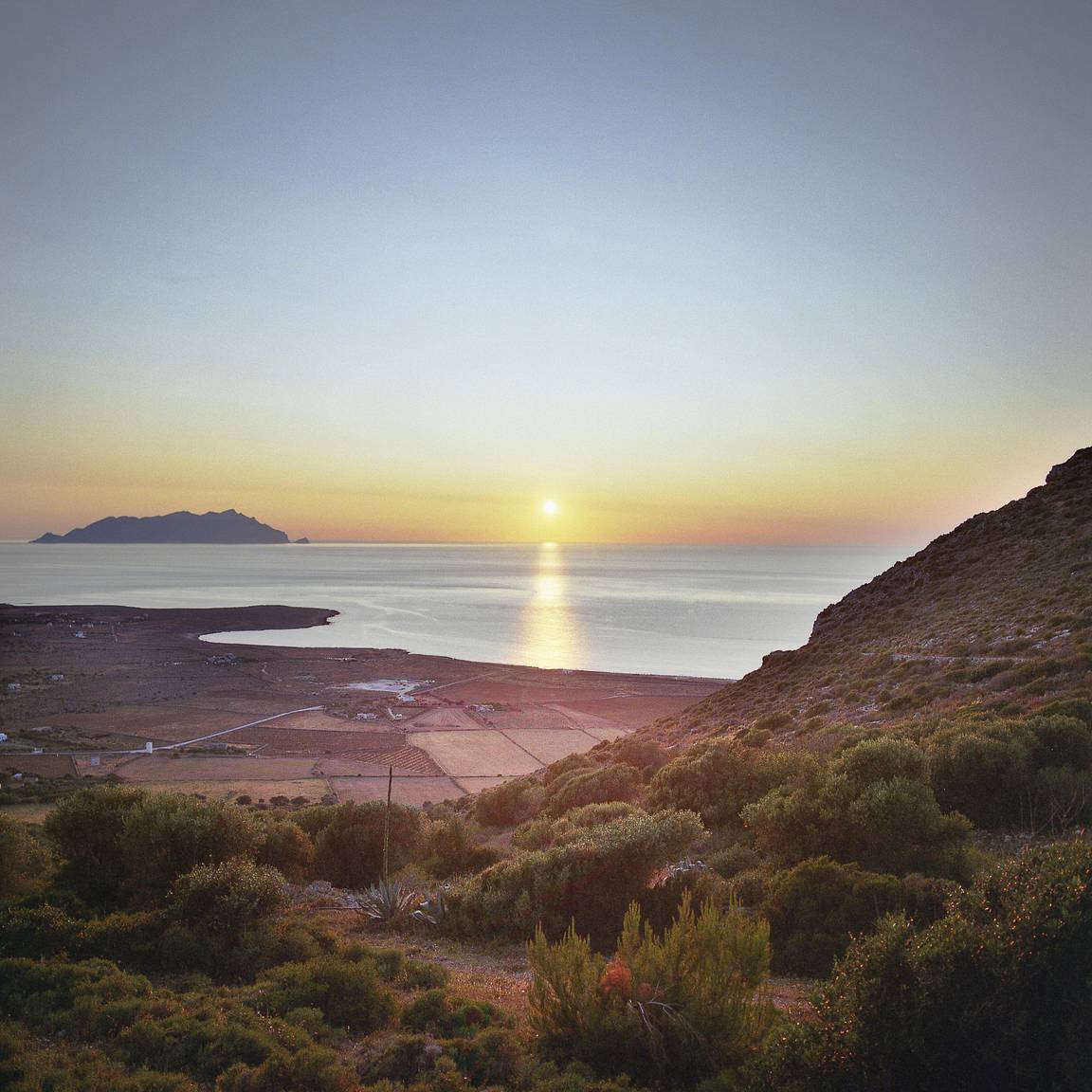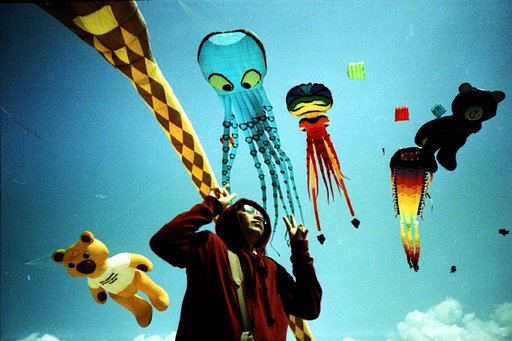An Interview with the Photographers Behind "The Last Raís of Favignana"
1 12 Share TweetOne of the best uses of the camera is its ability to reproduce reality into a printed or moving image. That's why lensmen Gudmund Sand, Haakon Sand and Marco Massa from Sandbox joined artistic forces to create the unique story of the Mattanza in Favignana and its people involved. This visual story follows the newly appointed Raìs (a term equivalent to 'chief') Salvatore Spataro after the death of the legendary Gioacchino Cataldo, and how the's supposed to revive the Mattanza practice in the modern fishing world.
Favignana lies somewhere east in Sicily's coast, a fishing village known for its rich tuna harvest through Mattanza. Mattanza is the unique fishing method where the fishermen pull up a large net to catch the desired blue-fin tuna, and with pointed hooks, they drag them up into their boats. For generations, this has been the Favignana way of life, and Gudmund, Haakon and Marco are here to tell the tale with an on-going documentary and photographs shot in analogue. Highly inspired by cinematographer Christopher Doyle's camerawork in Happy Together and Fallen Angels and Terrence Malick's The Tree of Life and Into the Wonder, the documentary The Last Raís of Favignana attempts to capture the dying culture as told by the raís Spataro.
Hey Sandbox Team! Firstly, how's the trip to Favignana so far?
The trip was great, it was three very intense weeks, getting up 5 a.m. in the morning to hopefully be able and join the fishermen out on the sea. The days were planned out, but it never ended up like that. Every day we had to re-arrange and change our appointments and plans, but also the story we had in mind. The people were very welcoming, we could walk around town and suddenly be introduced to new characters or shooting opportunities, just by being open-minded and always have our equipment ready for the unexpected. This is the most important element of making a documentary, however, you think the day is going to be, interesting or not, just be prepared, and sometimes with a bit of luck, you get rewarded for your anticipation. In the end, we were very happy with the stay and what we were able to capture.
The documentary tackles the dying culture of mattanza and its relations to tourist pollution and climate change. What and how did you guys came up with the idea of covering this unique cultural aspect?
We were researching ancient fishing traditions that used to sustain the life of an island. A particularly controversial one is the Mattanza. On one hand, it’s a gruesome spectacle, on the other, it’s a seasonal, sustainable, and culturally significant tradition that has allowed man and nature to live together in harmony for centuries. Modern fishing and farming have alienated us from nature and while we seek for new environmentally conscious alternatives in future technologies, we tend to forget that mankind has managed to live in symbiosis with nature for much longer than our recent industrial exploit.
As visual documentarists, what was the core element for you guys to capture with the camera?
Most of the activity that makes the tonnara system work happens during the months of preparations that lead to the days of the mattanza. This slow process, diluted in time, combined with the fact that a lot of the action is taking place under the surface of the water, makes for a challenging visual representation. But it’s the life that goes on around this tradition – that’s where we pointed our cameras at. It’s the anthropology and social dynamics that can only exist in this human-nature context. We went into detail with the fishermen’s hands, their routines and habits, the god-like appearance of the tuna and the Raìs, the nets, boats and tools of the trade, but at the same time we widened the view to encompass the whole island, because although the fishermen are doing the hard work, the whole island reaps the benefits and follows along like a background choir.
Any challenges you guys faced as photographers and filmmakers on the field?
The most challenging aspect as filmmakers was definitely trying to get access to a tightly-knit and highly hierarchical society, where respect and taking things slow are extremely important. We had to slowly introduce our presence, become part of the group but maintaining our integrity as well. Getting the most out of the smallest windows of intimacy was rewarding.
Some of the photographs shot for the documentary series were in analogue. May we ask why you guys chose this medium over digital?
We chose analogue photography because we are shooting an “analogue” subject. These fishermen are fighting against modernization and exploitation of nature. Fishing tuna is not just a job, it’s life passing through their hands' generation to generation, that same tactile feeling of shooting film, of dealing with a process which becomes the content itself. Shooting analogue reflects the essence of this island which sometimes felt like a time capsule brought by the currents into a modern era.
The documentary series is still on-going. What's next for The Last Raís of Favignana?
We have to translate and edit everything, this will be the next steps before we can present it. We intend to have a premiere in Mai 2020, accompanied by an exhibition with photographs shot on analogue film and some shorter video clips from the documentary. We hope that this piece along with the images will contribute to broadening our understanding of cultural traditions and preserving of oceans and maritime sea life.
All images in this article are provided by the Sandbox. And taken with Lomography Film. Visit their website to see more of their work.
































One Comment